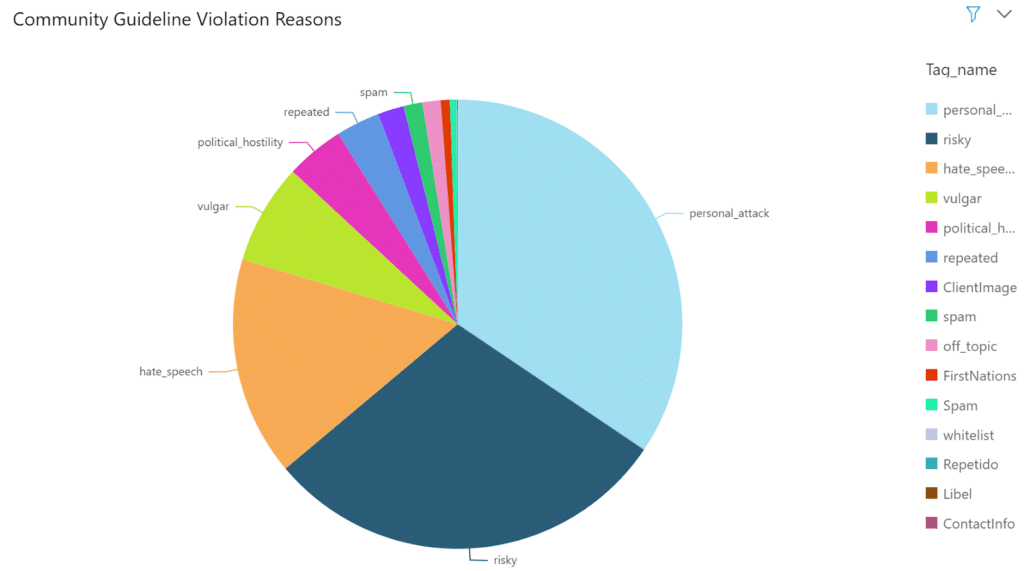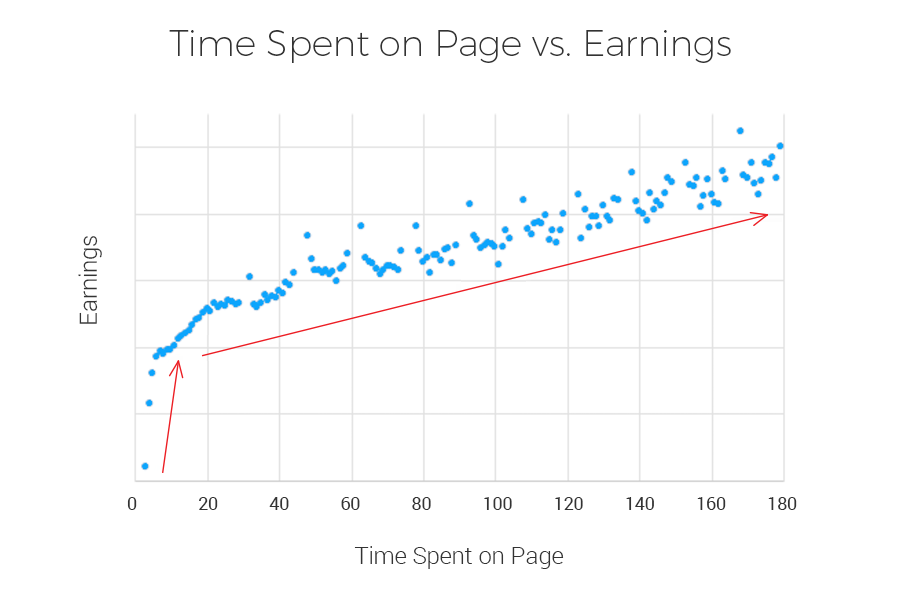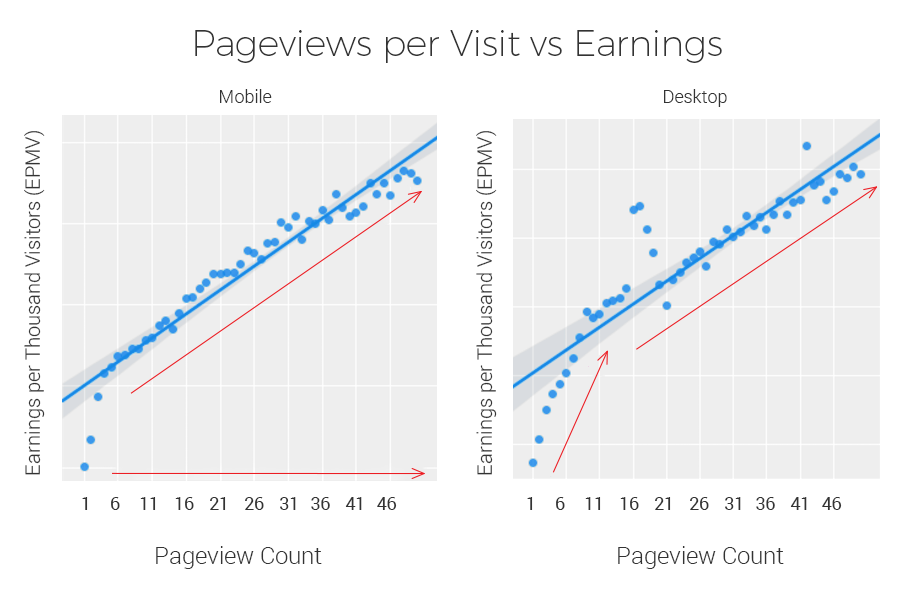When it comes to over-the-top (OTT) media services — streaming platforms that rely on internet instead of satellite or cable — an overwhelming amount of organizations are serving up extremely interesting content. But here’s the thing: content isn’t everything. Your audience is.
In order to build tight-knit, engaged and profitable communities around your content, you need to spark conversations among consumers. So give people a great experience where they can discuss topics, form human connections and interact with one another, all within the context of your content.
This, of course, all starts with on-site engagement tools.
Once you implement the right tools on your platform, you can engage your audience and ultimately grow your revenue. In fact, we’ve observed that organizations with engagement and conversion tools can actually triple their ROI.
That said, here are a few ways to leverage engagement tools in the OTT space:
Get People Talking
If you thought that conversation tools (like real-time commenting widgets, live blogs and live chats) should be reserved strictly for blogs, you’re in for a bit of a shock. These types of community-building tools can and should be used on OTT platforms as well.
Conversations matter. By generating conversations around your content, your audience will have access to a premium user experience.
Engagement tools allow OTT providers of all genres to facilitate a socially immersive experience, prompting meaningful connections between viewers based on content they truly care about.
Take sports-streaming platforms, for instance. Organizations have a massive opportunity to open their content to real-time conversations around what sports fans are watching as they watch it. Live blogs can also be used to provide play-by-play updates on games and major milestones.
Research has found that “71% of sports fans crave ‘deeper immersion’ when watching live games.”
However, most consumers, not just sports fans, crave social interaction online. So make the most of their appetite for socialization.
By increasing the opportunities your subscribers have to talk to one another, they’ll begin to form regular habits, where they return to and interact with your platform.
Build That Community
Once you’ve added engagement tools to your platform, you’re ready for the next step: building your community through excitement and trust.
Use your tools to generate buzz around popular personalities and content through interactive events, like Q&As or AMAs. This is a great way to promote upcoming shows, movies and videos right on your platform. Imagine the impact of having a celebrity engaging directly with your audience around your content.
The trust between your brand and audience can be strengthened through these types of positive, engaging experiences. Trust is a highly important community-building element as it paves the way for brand loyalty. Compared to the experiences on social media, where trolls and bots run wild and trample over your valuable content, you can protect your audience’s experiences on your own properties through moderation.
You can also grow your audience by highlighting model community behavior in comment sections. Or, you can leverage a moderated rating and review system. If consumers see helpful, accurate suggestions on what to watch, your platform can become a place where people come to read authentic reviews.
“Operators that invest in functionality that maximizes fan engagement will see a 24% uplift in subscriber acquisition,” states Deltatre’s 2019 report.
In other words, engagement tools in the OTT space can accelerate subscription revenue growth if used to their full potential.
Understand Your Audience
Your audience data is important, but this isn’t new information. What you may not know is that it’s essential to look beyond the general insights you have on your audience demographics and size. Instead, understand the bigger picture by analyzing the complete behavior of your users. This can be accomplished by gathering first-party data from all on-site engagement tools and content.
Identify what anonymous users (your potential customers) and known users are doing all across your properties. As a result, you can get fully-formed ideas of what your consumers like and dislike. Use first-party data from your tools to improve the content and experience you’re providing by serving up more personalized or recommended content.
While many OTT providers are looking at the customers on their platforms, they aren’t digging deep enough. They need to take their analytical efforts a step further by analyzing what audiences are doing in general and making strategic decisions based on that.
For example, user data can enhance your conversion and retention strategies. Your engagement tool provider can also keep an eye on your audience’s behavior, and send signals to your paywall provider when they are ready to subscribe or are about to churn. If users are close to churning, which can be identified based on drops in engagement, they can be sent a special discount of content offer.
Whether you’re a sports media organization or host a unique video-streaming solution, engagement tools will allow you to build a community that thrives around your content — in a sustainable way.






